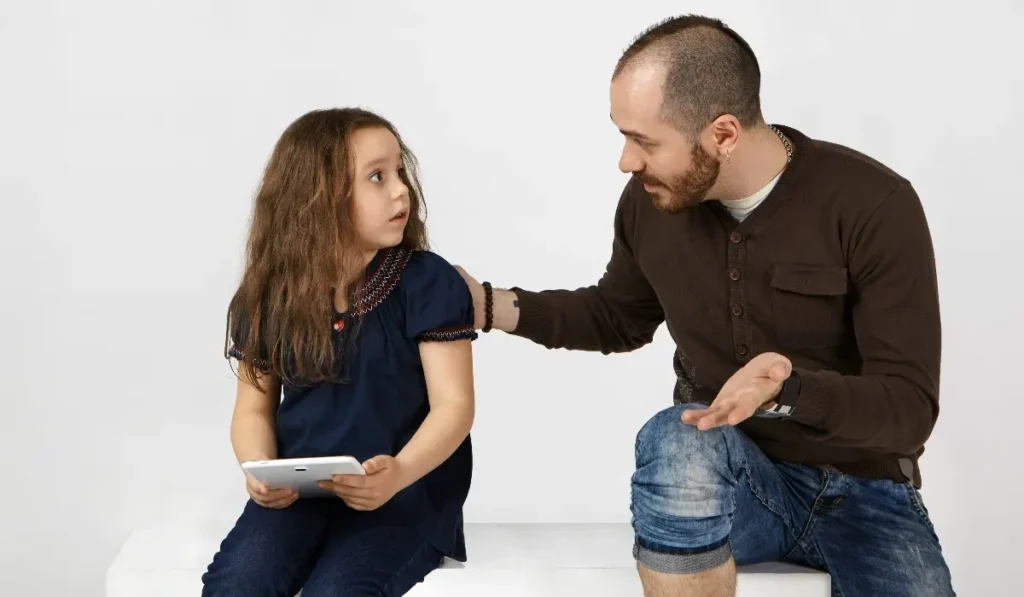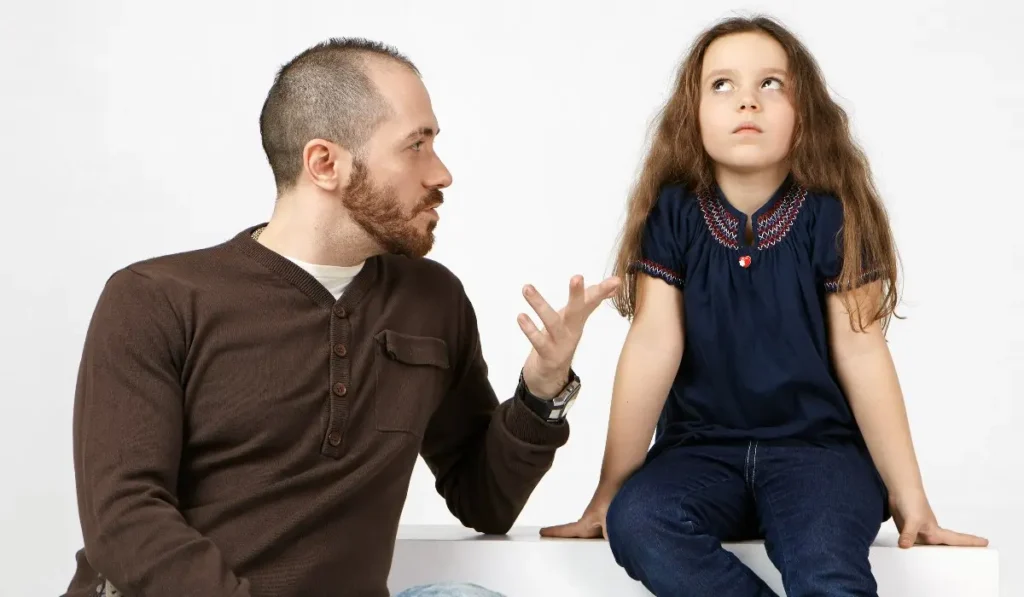Table of Contents
1. Say No to Shouting, Spanking and Shaming
Shouting, spanking and shaming must be avoided when dealing with aggression. It is important to model the behaviour that a child should be displaying. Show the child that instead of resorting to violence or harsh criticism, verbal communication is the key to addressing undesirable behaviours. As parents, we need to stay calm, take deep breaths and remain in control of the situation. We can give the child options and consequences for their actions. This will teach them valuable lessons that will benefit them in the long run as responsible, caring adults. It also helps to reinforce the idea that they have control over their emotions and the way they react to a situation. Resorting to shouting, spanking or shaming can harm a child’s emotional well-being. Instead of teaching them how to manage their emotions, these methods instil fear and shame.

2. Share your Calm
Sharing your calm with a toddler can be a helpful way to deal with their aggression. You don’t want to excite them more, so staying composed can be the key. Internalise your own calm and stay composed. Give them space and time and try to offer logic and reason. Speak calmly when you need to talk. Depending on the situation, physical contact like a hug and pat on the back can be comforting.
Try to help them identify the causes of their aggression and proactive ways of dealing with it. Focus on activities that naturally invoke calm, like colouring or painting. Comfort the child and let them know they don’t need to get angry. Let them know that their feelings are valid, and that it’s okay to express them as long as it doesn’t hurt anyone. Give them positive reinforcement when they are in the right state of mind. Our little ones look up to us as their role models. When we remain calm in the face of aggression, we show them alternative ways to handle difficult situations.
3. Kindness is Key
Kindness serves as a powerful key when navigating the challenges of a toddler’s aggression. Instead of reacting with frustration or anger, approaching these situations with kindness can foster a positive and understanding environment. It involves empathising with the child’s emotions, recognizing their limitations in expressing themselves, and providing gentle guidance. Responding with patience and compassion allows us to address the underlying causes of their aggression, such as tiredness or hunger, and find appropriate solutions.
By modelling kindness, we teach our kids the value of empathy and help them develop healthier ways of managing their emotions, promoting a harmonious parent-child relationship. Kids are still learning to express themselves appropriately. By responding with empathy and patience, we create a safe environment where they can develop healthier ways of communicating.
4. The Power of Firmness
The power of firmness shines through when confronted with a toddler’s aggression. While it may seem counterintuitive, being firm in addressing such behaviour can yield positive outcomes. Firmness entails setting clear expectations and consistently enforcing boundaries, ensuring the child understands the consequences of their actions. By remaining calm, assertive, and consistent, we establish a sense of security and structure for the toddler. This approach helps them recognize that their aggression is not acceptable and encourages them to develop healthier coping mechanisms. With firmness, we guide our toddlers towards self-regulation and teach them the importance of respectful communication, ultimately fostering their emotional growth and creating a harmonious environment. While kindness is essential, being firm with our boundaries is equally important. Toddlers need consistent guidance and limits to understand the acceptable behaviour.

5. Calm First, Problem-Solve Later
Prioritising the calmness of your toddler before addressing the underlying problem is crucial when faced with aggression. By first focusing on soothing their heightened emotions, you create a safe space for communication and resolution. This involves using gentle and reassuring tones, offering comfort, and employing relaxation techniques like deep breathing or soothing touch. Once your toddler has regained their composure, you can engage in a constructive conversation to understand the root cause of their aggression and find a solution together. By prioritising calmness, you promote emotional regulation, empathy, and effective problem-solving skills, fostering a nurturing and understanding relationship with your child. To effectively problem-solve with your toddler you should wait until they are calm. A toddler’s brain cannot process information when they are overwhelmed. Once they have settled, engage in collaborative problem-solving together.






